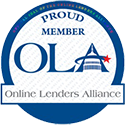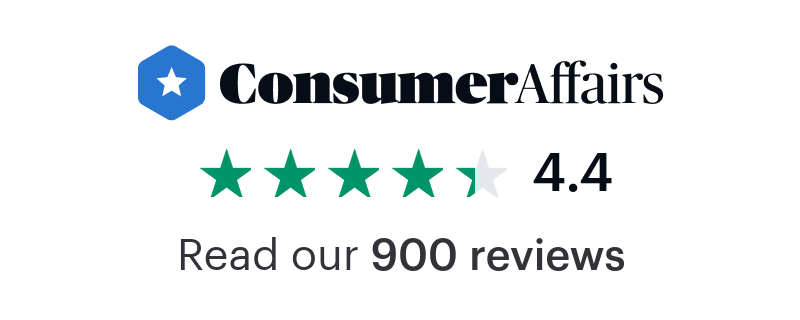Table of Contents
- Where Can I Purchase a Money Order?
- How Much Does a Money Order Cost?
- How Can I Cash a Money Order?
- How Do I Use a Money Order?
- What do I do After I Purchase a Money Order?
- Why Should I Even Bother with Buying a Money Order?
- Drawbacks with Purchasing a Money Order?
- What if I Don’t Want to Use a Money Order, What Are My Options?
The money order, as we know it today, was originally created in the late 18th century in Great Britain. The post office eventually took over the money order system. Money orders, have since been revamped to be more practical and cost effective for the consumer. A money order is a pre-paid paper form used to make payments. Money orders may seem a bit dated to some, seeing as though we have so much technology at our fingertips, but the use of them makes sense in certain instances.
Where Can I Purchase a Money Order?
Money orders can be purchased from your local post office, your currency exchange, your bank, your credit union, your local supermarket, or even from the comfort of your own cellphone or laptop computer.
How Much Does a Money Order Cost?
Because they are a pre-paid form of payment, the cost of it depends on how much you want to purchase. In the United States, the maximum amount that can be purchased is $1,000; however, if you need more, you can purchase more than one money order to fulfill your needs. In addition to paying the amount you need to purchase, the retail location may also charge a processing fee to create the money order for you. This fee usually depends on the amount you’re purchasing the money order for, which will generally range from $1.10 (at the post office or a general store) to $10 (at your banking institution). Each money order purchased may be charged a processing fee.
How Can I Cash a Money Order?
It is usually completely free to deposit a money order into your own bank account or credit union. However, cashing a money order, may surely cost you. The cashing fee will usually range from $2-$20 depending on how much the money or is worth. Typically, there is a nice conversion chart, of fees to amounts originally issued, listed on the wall of your local currency exchange and even a small pamphlet sized one in the convenience store.
How Do I Use a Money Order?
Like a check, a money order is of no-value unless it is cashed or deposited into your bank account, otherwise it’s just another sheet of paper in your wallet. Once inside your bank account or made to cash, the money can be used anyway you see fit for it.
What do I do After I Purchase a Money Order?
- When filling out your money order, be sure to fill it out completely.
- Write clearly.
- Keep the receipt of your purchase in a safe and handy place.
- Deliver the money order in person, if possible, or mail it and request confirmation.
Why Should I Even Bother with Buying a Money Order?
There are some businesses that require payment by money order or certified check. It is not uncommon for apartment rental places, to request monthly rental payments by money order. Like personal checks, you can stop the payment of a money order, in case of an emergency, as well. Money orders are also good to use when you don’t want the recipient knowing your personal banking account number or routing number. Money orders are also great for those who do not have a personal banking account, and need to send/receive money for personal reasons, or to pay bills.
Drawbacks with Purchasing a Money Order?
The same way that having debit and credit cards can allow someone to commit fraud on your personal bank account, money orders can also land you in a world of trouble. Money orders have recently been in used in several types scams across the country. Follow these rules to ensure that you are not part of a money order scam:
- Never accept a money order from someone that you don’t know.
- Never give out your bank account number.
- Only purchase money orders from licensed retailers.
- Before cashing it, contact the sender to make sure the funds are there and available.
- Avoid sending money orders to people “in distress”, someone you met online, or even bill collectors.
- Double check everything.
- If you’re suspicious, do not cash it. Trust your gut.
What if I Don’t Want to Use a Money Order, What Are My Options?
There are several different ways to get money from one place to the next; however, some of these other options are not as safe as the money order. These other methods include wire transfers, cashier’s checks, personal checks, online bill pay (through your personal bank), and even a prepaid debit card can be useful to those who do not have a personal bank account.
Money orders are nothing to be afraid of, they are one of the safest ways to make payments, because none of your important personal information is used in the purchasing of, or sending of it. Bank accounts have a lot more risks involved, which could result in a freezing of your finances, or someone taking all of your hard-earned money. Money orders do not have those risks.

